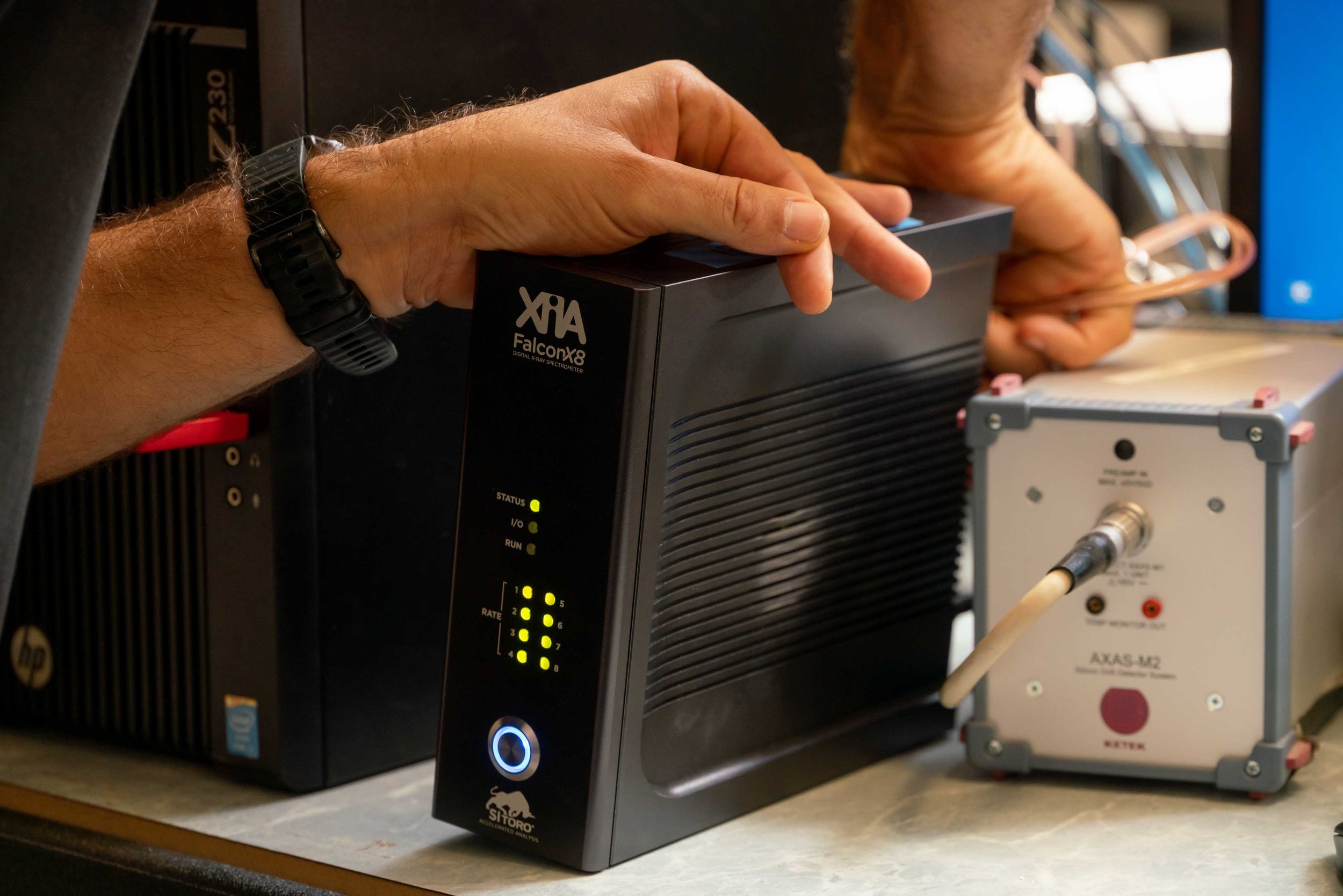
Frequently asked questions.
Are your systems safe? Do they contain radioactive materials?
Our systems are extremely safe. Designed in Australia to international safety standards, we focus on safety above all else. Our sytems are based on electrical X-ray generators and as such can be turned off - they contain NO radiological material or sources.
True to the principles of ALARA*, we have done whatever we can to reduce the risk to users. This includes:
Machine safety systems (interlocks, emergency stops).
Custom designed X-ray shielding that reduces leakage dose to practically zero.
Warning lights and labelling.
Autonomous, remote operations to reduce time near the system.
Are they easy to operate?
Our systems are extremely easy to operate and get data from. The scanners themselves are autonomous and will automatically restart after a power loss. Data is accessible remotely via a cloud interface or over a local network.
Do GradeScan or DrillScan require calibration?
No. Our systems are calibrated in factory and never need calibration once they are configured for an application. This is an advantage of XRTS.
How does XRTS work?
X-ray Transmission Spectroscopy is a relatively new technique, only made practical for industrial applications by our SItoro algorithms. XRTS measures material properties by projecting a beam of X-rays with a broad energy spectrum through an object or material. By measuring how the initial beam is blocked or absorbed by the material, we are able to determine characteristics about it. This is in addition to producing transmission images like what you see in medical X-rays.
What is SItoro®?
Many of today’s digital pulse processors suffer debilitating pulse pile-up even at low count rates. Southern Innovation’s patented SItoro® digital pulse processing technology implements advanced non-linear algorithms to decode pulse pile-up in real-time. By decoding rather than discarding pile-up events, very little data is rejected, resulting in a dramatic increase in measurement efficiency. SItoro® accurately processes almost all detected radiation events even at high count rates, delivering superior spectral quality in a fraction of the time usually required.
How is XRTS different to other systems, like PGNAA based detectors?
Because XRTS fundamentally requires full penetration of the material, it isn’t subject to bias introduced by layering of material or material presentation. Additionally, our measuring speed is generally an order of magnitude or two faster. We also don’t require regular calibration to deal with changing geological properties.
*ALARA - the principle of designing systems and processes to result in doses “As Low As Reasonably Achieveable”. They key protective measures of this approach are:
Time - Reduce exposure time as much as possible, by reducing time near active emitters.
Distance - Move as far away from a radioactive source as possible.
Shielding - As a final defense, design radiation systems with shielding to protect users.
